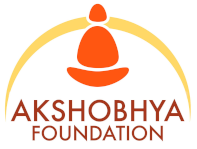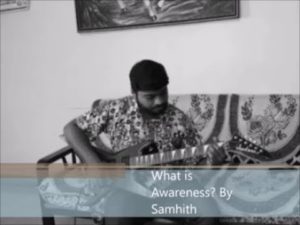
The age-old science invented by our sages is very valuable. It is a science that gives techniques to encounter our true self.
Here our body and mind is a continuous communication and communion with one another. The body speaks to the mind and vice versa also. Thus keeping this basic logic in mind we can approach in two ways either first go from the mind to the body or from the body to the mind.
Why do we need to approach in either of these ways?
The self or consciousness is in the pool of continuous communication between the mind and body. The consciousness is buried within these 2 phenomena. The self or consciousness which is a witness slowly loses its grip as a witness and be moved and controlled by the body and mind. For example when we whirl continually in a place before we begin to whirl we know we are not whirling nor the whirl. But as we whirl and go on for a number of turns in such a way that we fall on the ground we may notice that we are lost in the whirl for a while and the mind accepts for the moment that we are the whirl unable to think otherwise.
Same is the case now with the consciousness that in the whirl of body and mind we are assumed to be the whirl.
Yogas approach is that from the body to the mind. The body in certain aspects controls the mind. For example, a dull and gloomy weather to some leads to very reason less depression. This is not by the mind but by the body. So first without being moved by body’s desires, the mind may not be influenced by the body and this is achieved by yoga asanas, kriyas and pranayama to remove the first veil caused by the body. So the mind acts free. Then to control the mind we have dharana and dhyana which helps to remove the second veil of the mind over the self. Once both these veils are removed there is the unveiled self which is known as samadhi.


